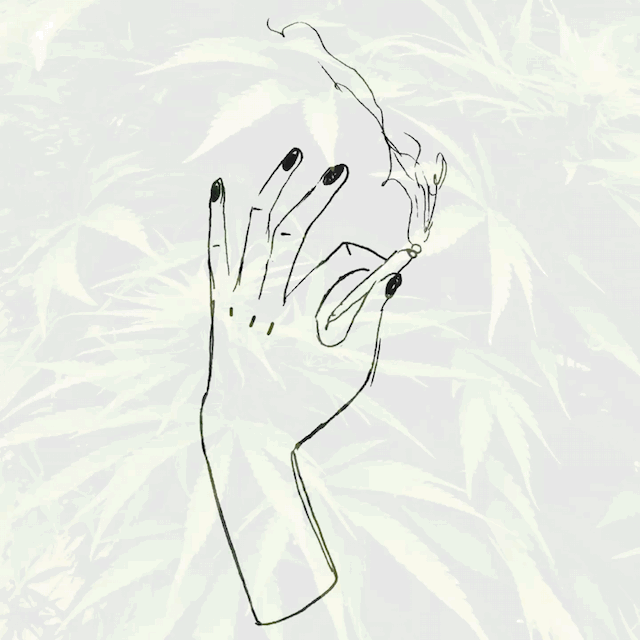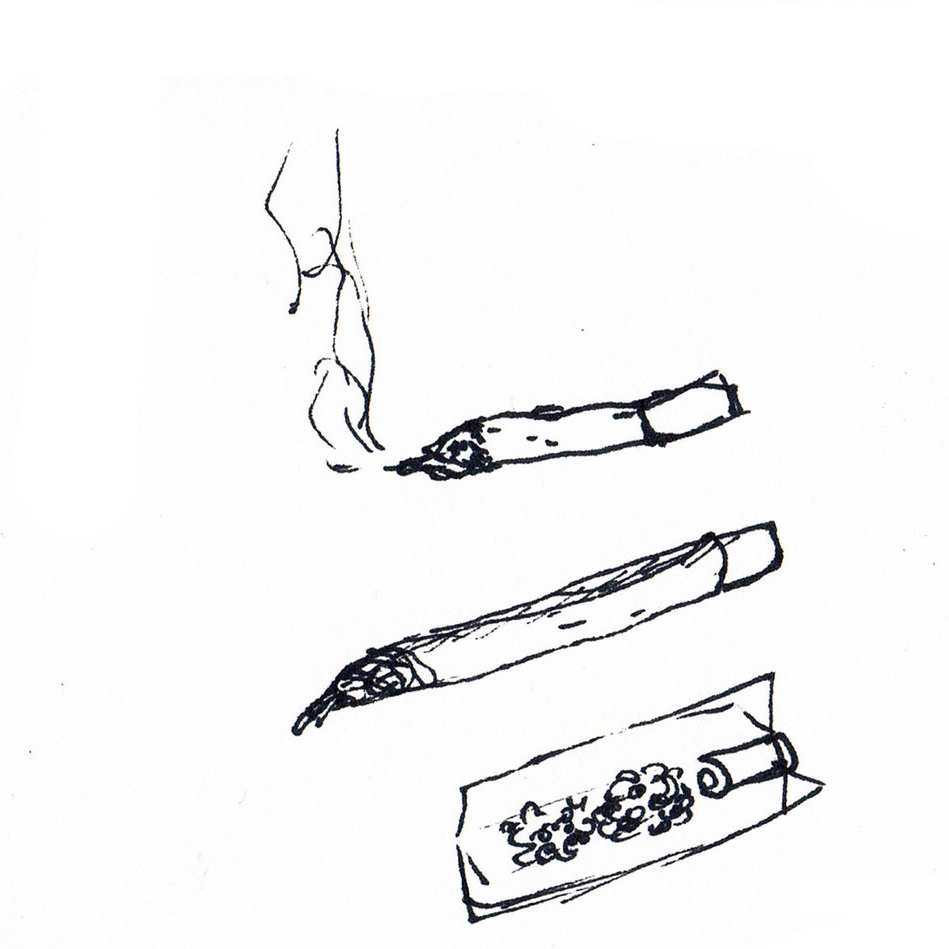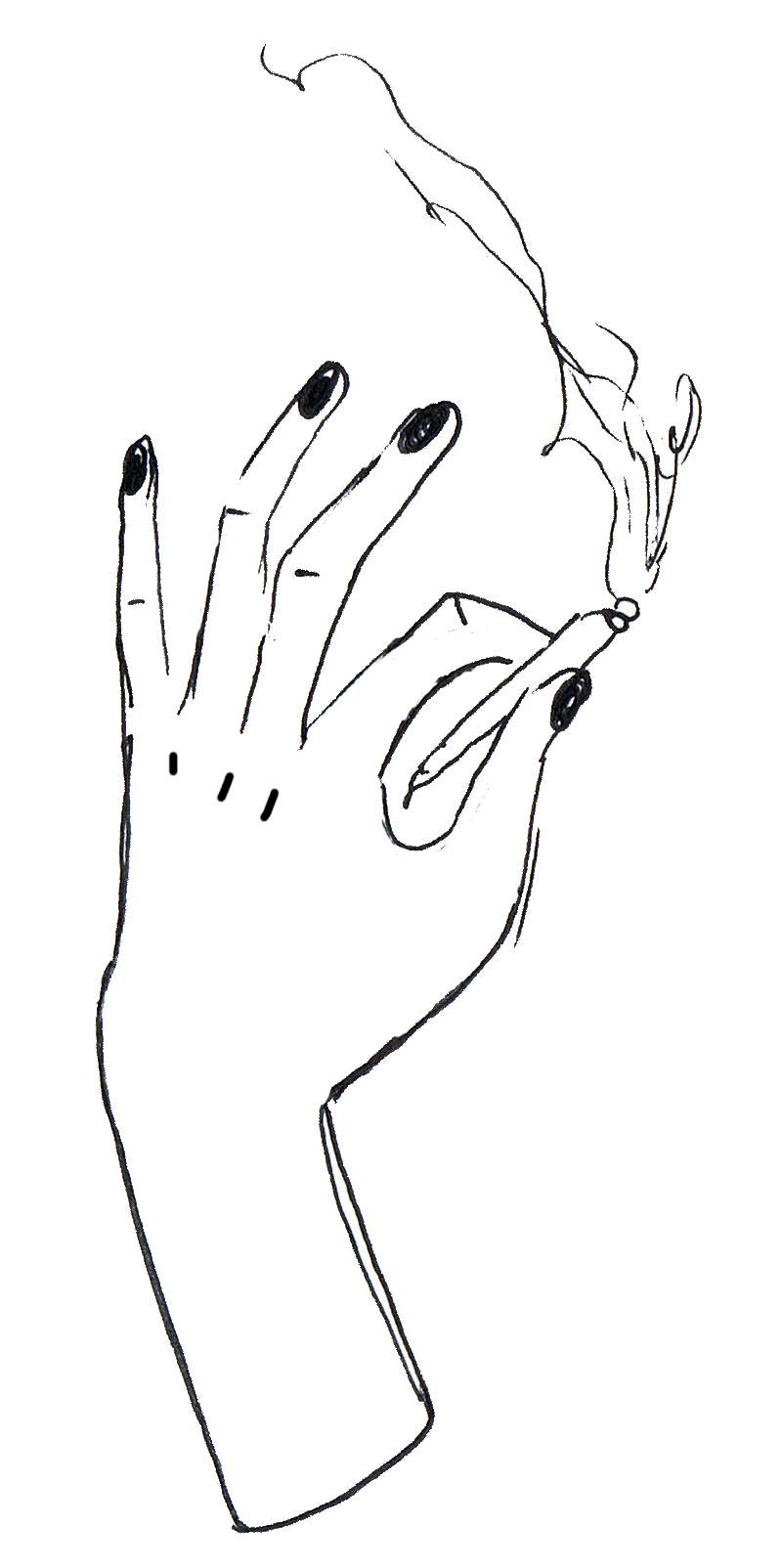Willie's Guide to Weed: Weed 101
Willie has always been a straight shooter. His approach with Willie’s Reserve is no different. Built on the principles of sustainability, quality product, and sharing your stash, the brand brings full transparency to the table when it comes to toking up.
Cannabis culture has long played an integral role in inspiration and community within the creative industry. Weed has fueled much of the songwriting process for numerous artists; been a trusted companion for late nights spent rambling highways; and taken an edge off on the harder days in life’s journey. It’s not just for outlaws anymore: it is an everyman remedy for a variety of ailments, both physical and spiritual. From the tour bus to the living room, weed cultivates camaraderie and turns strangers into friends.
Willie’s Reserve simplifies the process so smokers can sit back and enjoy all the best parts of partaking in cannabis, worry-free.
With the help of our friends at Willie’s Reserve, we are kicking off Willie’s Guide to Weed with the basics, but stay tuned as we dive deeper into cannabis culture with profiles on independent farmers, tips and tricks from your favorite artists and more.
Legality
While cannabis is still stigmatized and considered illegal by the federal government, there are different laws for marijuana in each individual state. Recreational use is legal in Washington, California, Oregon, Colorado, Nevada, Massachusetts, Washington D.C., This means anyone over the age of 21 can purchase weed from dispensaries or grow a certain number of plants in their home for personal use, though laws vary state to state. Thirty different states allow medicinal use for weed. Over a dozen states have enacted some form of decriminalization for weed, which reduces criminal penalties and allows users to carry up to a certain amount while only being fined if caught. Both California and Washington state have legislation initiatives to expunge records of citizens with cannabis charges. As a result of the recent midterm elections, Michigan became the 10th state in the US to approve recreational cannabis. Also, our neighbors in Canada became the first G7 nation to make recreational cannabis consumption legal nationally as of mid-October. Congrats all!
Sativa v. Indica and Strains
all illustrations by Destiny DeStefano
Sativa and indica are the two subspecies of the cannabis plant. Understanding the difference can be critical to choosing the right strains for your individual needs. Many users probably already know the basics of each: sativa results in a head high, it’s more stimulating and mood-uplifting, while indica gives a body high and is used more often for sleep, relaxation and pain relief. But it’s best to look at these two types within the context of a spectrum as the two have been cross-bred extensively. It is almost impossible to find a completely pure indica or sativa, so it’s best to chat with the professionals at your dispensary to find what will be the best fit for you.
Strains are specific breeds of the cannabis plant. While there are many strains of each that naturally land on either end of the dominance spectrum, modern breeding techniques have created strains an abundance of hybrid strains that fall this spectrum. These can cause a combination of effects from both sativa and indica. Often plants are bred for specific medical uses and different desired effects. For example, Durban Poison is a traditional energy inducing sativa. We recommend this strain with a good jam session or bike ride.
Another component in choosing a weed strain is flavor. An often overlooked fact is that the coveted portion of the cannabis plant we all know, love, and smoke is actually a flower. Each crop of bud, or flowers, is different thanks their cannabinoid make up and terpenes variety.
Terpenes are a gene in the cannabis plant that produce aromatic oils. There are over 100 terpenes that can be found in any cannabis plant; many producing three or four different terpenes that combine to create unique flavors and effects. For example, the terpenes limonene gives off a citrusy smell and taste, while a-pinene smells woodsy and earthy. Not only do terpenes affect the flavor and odor of cannabis, terpenes also have a big effect on your cannabis consumption experience. The combined effect of cannabinoids and terpenes is called the entourage effect. Recently, research has discovered that the same terpenes naturally found in our fruits, vegetables, and plants, also occur naturally in cannabis.
How to Tell Good Weed from Bad
Quality is of the utmost importance to the cannabis connoisseur. High quality cannabis creates a high quality experience. Anyone who smokes knows good weed makes all the difference. Buds should be fluffy, dense, sticky, colorful and strong-smelling. Just like any plant, the fresher, the better. It’s pretty easy to tell when weed is poor quality. Here's what to look out for: hay like smells, non-conical shapes, overly dry or overly damp, sun bleached, moldy or powdery mildew (flat white in color), or a moldy smell are all signs of low quality product.
Conversely, high quality product could smell a variety of different ways depending on the plant's genetic make. Look out for skunk like, fresh, fruity, sweet, cheesy or funky smells. These are good. Visually, properly cultivated cannabis has a conical shape; which means that the flower is dense, wider towards the bottom and then the come to a point at the top. The colors can also variety however, bright and dark green tones, red hairs and sometime purple are all normal. You may also notice trichomes, or the tiny plant appendages that look like small sparkly crystals.
The trichome, which is Greek for hair, is the producer of both cannabinoids and terpenes that create the flavors we love.
Ways to Consume
A grinder is a simple staple that makes weed last longer and easier to use, though not 100% necessary. Your fingers will do the trick just fine too. Grinders are made of three parts: the top compartment which contains sharp teeth to grind the herb, a middle chamber in which the bottom is a fine mesh where the herb collects and a bottom section that collects kief, or the fine, dust-like remnants of the ground weed which contain a high percentage of THC. Grinding aerates the weed and breaks it into even pieces that make it easier to burn.
Once your weed is ground, you’re ready to roll. Tried and true, the joint is the most classic way to smoke for a reason. It burns slow, allows for a full flavor profile and is made for passing around. Pre-rolled joints can be purchased at dispensaries, but it’s always safe to know how to roll your own.
Take a paper and lay it down on a flat surface, the side with a strip of glue facing up. Sprinkle weed in the folded center. With the thumb and index finger on each end, twist the paper down to the bottom then roll upwards, keeping it tight and even. Once you have a solid cylinder, lick the glue strip, seal and twist the end. You can also add a filter at the end for more structural stability.
Another classic apparatus is the tried-and-true bong. Bongs can be made out of many different materials from different types of wood to glass to ceramics. Made up of the base, tube, stem, bowl, carburetor, and percolator, the bong allows the smoke to be cooled and filtered as it is drawn up through the water and the percolator making for an often smoother hit than a joint or pipe. It’s not uncommon for the bong to be an honored piece in a smoker’s collection and donned with a proper name and we’ve heard some pretty good ones. (James Bong, George W. Kush, or Johnny Cashed anyone?)
The pipe is another common form of consumption and can be used for both marijuana and tobacco. Pipes, like bongs, can be made from many different materials - including a fruit or vegetable you might have lying around. An apple pipe is certainly a rite of passage and a go-to in a pinch for many cannabis consumers. Pipes offer a more portable vessel than a bong and come in varying shapes and sizes from slim cylindrical one-hitters meant for single servings to elaborate blown glass with bowls meant to share.
Edibles are an increasingly popular form of consuming marijuana. It’s easy to see why; they eliminate the odor completely and last longer in the body. Products go beyond the pot brownies and consumers can now choose from chocolate bars, gummies, cookies and other treats where it’s legal Annie Nelson’s Infused Chocolates and Lozenges from Willie’s Reserve. It’s best to take it slow with edibles. They can take anywhere from 90 minutes to a few hours to fully kick in. Different products have different dosages of THC. Those with higher tolerance can take more, but understanding dosage is essential to a good experience. It’s recommended to start with two-five milligrams of THC as a dose and work your way up. THC in edible form affects each personal differently. Weight, size, gender, metabolism, and mood can all affect the way in which your body metabolize and digests THC. We recommend to never consumer THC on an empty stomach, especially when it comes to edibles.
Vaporizers come in many shapes and forms. The most common is the vape pen, which is handheld, inconspicuous and easily transportable. Depending on the specific brand and model, these can be filled with herb, THC oil or wax, which is a concentrated form of THC crystals made from the plant. Vape pens require a small battery, often rechargeable. All you do is press a button and hold for a few seconds while inhaling or just inhale depending on the technology of the vape. Vaporizing weed significantly reduces the smell, gives a thinner smoke that is kinder on your lungs and can provide a milder fast acting high. These days Willie prefers a vape before the show to keep his voice in top singing condition
Willie’s Reserve products are made with sharing in mind for consumers of all experience levels, straight from the godfather of weed. From local American farmers to joints rolled with care, all flower never trim. High quality products are the number one priority for Willie's team.










